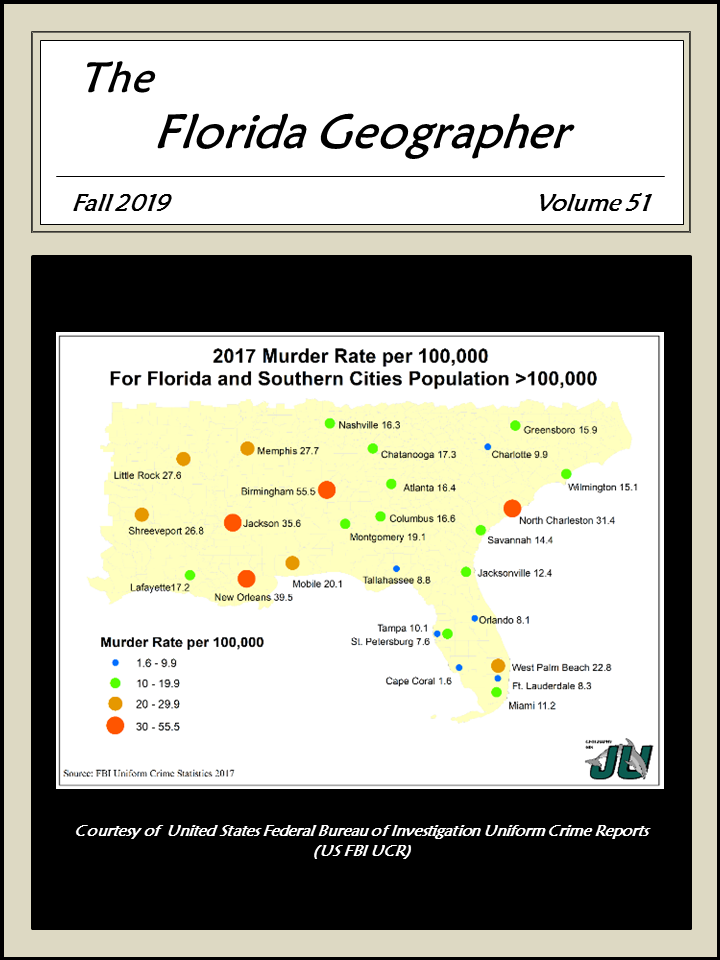Interannual Variability in Daily Characteristics of Winter Precipitation at Tallahassee, 1949 - 2016
Abstract
Knowledge of the risks, or variability, associated with daily precipitation characteristics: their frequency, magnitude and duration, is fundamental to correct management and planning of many human activities. Characterization of current interannual variability is crucial when predicting how different factors like agricultural production, forest-fire risks and streamflow (high and low) might adapt/react to climate change. Such predictions are informed by inputs from models called weather generators, which include a section on daily precipitation.
This research examines the parameters employed by weather generators (probabilities of wet-to-wet and dry-to-dry transitions, and mean and variance of daily precipitation) during winter at Tallahassee, which possesses a long and near-complete daily record. Winter precipitation in the Panhandle of Florida constitutes a greater proportion of annual total than much of Florida and falls when more is directed to land-based hydrologic stores. Winter is also when El Niño-Southern Oscillation (ENSO) has a pronounced regional impact with higher seasonal totals during warm phases (El Niño) and lower during cold (La Niña).
How the properties of daily precipitation respond to ENSO is investigated through the combined use of probability distributions, standard parametric tests and the non-parametric hypergeometric distribution. Higher seasonal totals in warm phases result from more frequent days with precipitation (but no significant changes in transition probabilities) and higher mean and variance of totals. Cold phases are more prone to less frequent events, particularly lower wet-to-wet transitions, and lower means and variances of daily total.

